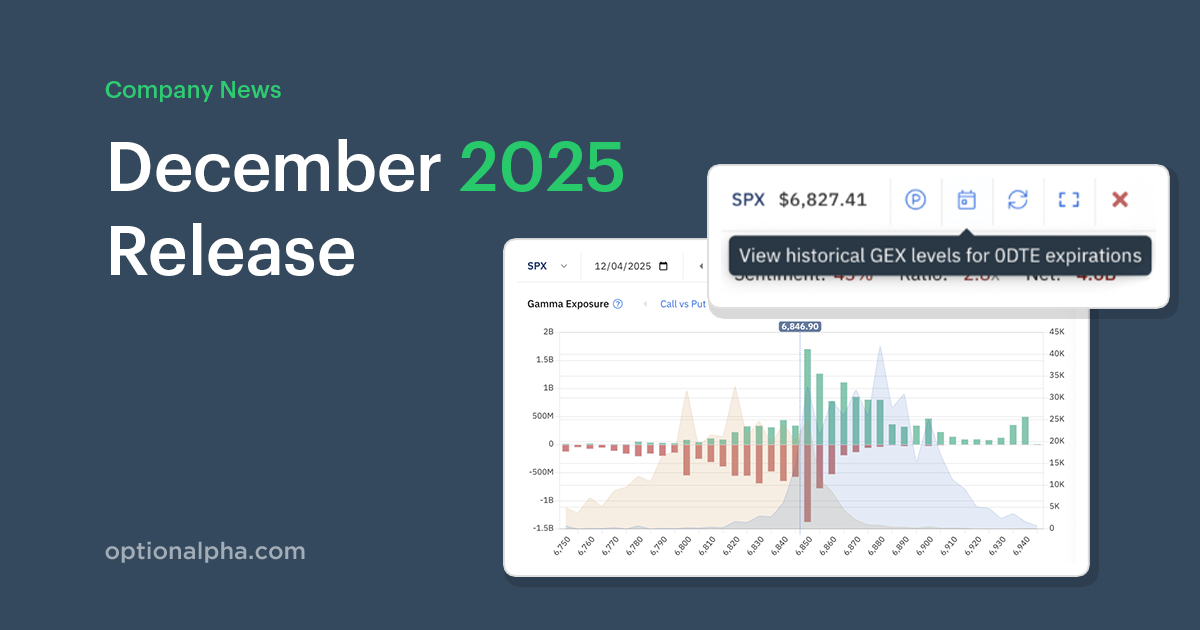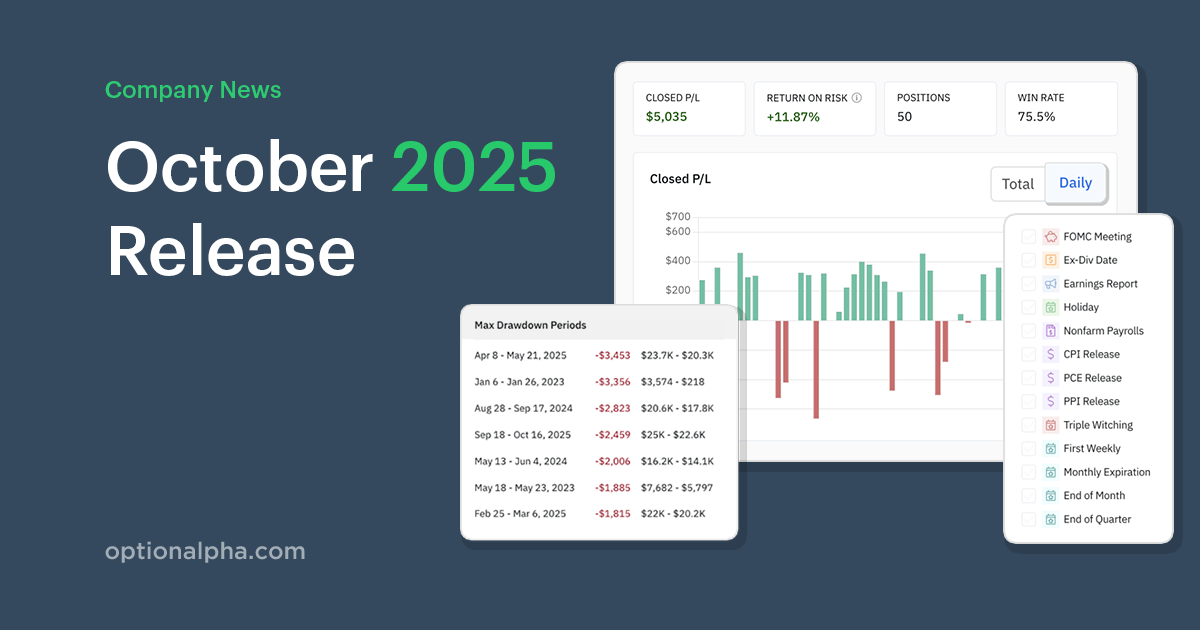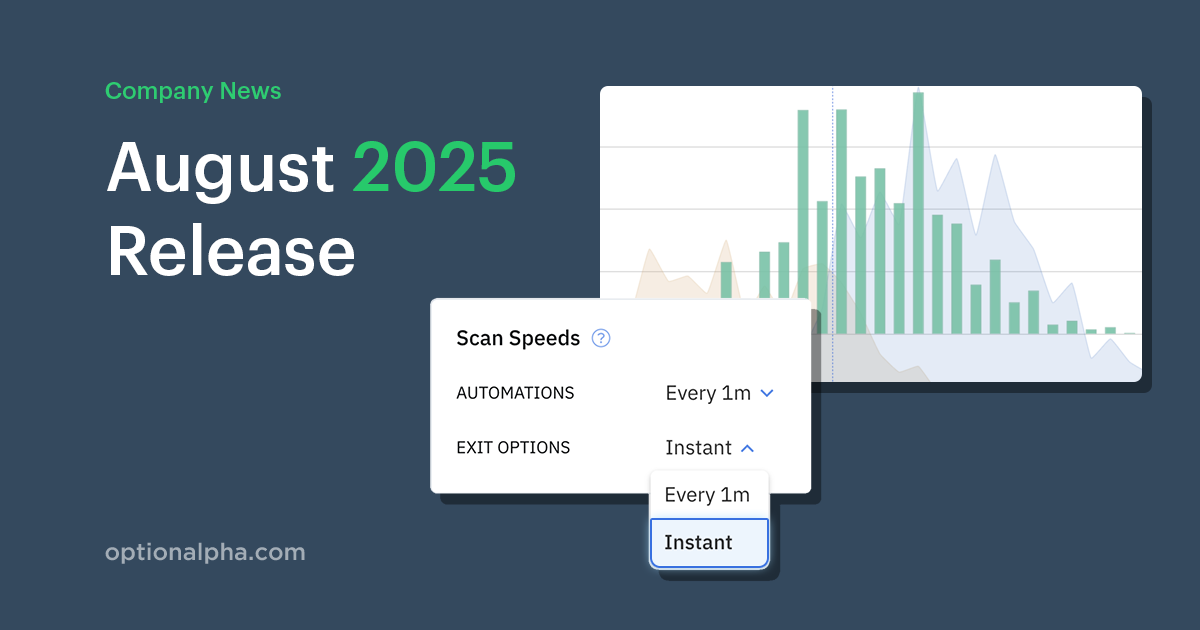Stock chart patterns play an important role in any useful technical analysis and can be a powerful asset for any trader.
We all love patterns and naturally look for them in everything we do. That’s just part of human nature. Using stock chart patterns is an essential part of your trading psychology.
By learning to recognize patterns, you will be able to work out how to profit from breakouts and reversals. I believe in technical analysis and feel that chart patterns are a very powerful tool.
Why are stock chart patterns so important?
On a very basic level, stock chart patterns are a way of viewing a series of price actions that occur during a stock trading period. It can be over any time frame – monthly, weekly, daily, and intra-day.
The great thing about chart patterns is that they tend to repeat themselves over and over again. This repetition appeals to our human psychology and trader psychology in particular.
If you can learn to recognize these patterns early, they will help you to gain a real competitive advantage in the markets. Just as technical indicators such as volume, support and resistance levels, RSI, and Fibonacci retracements can help your technical analysis trading, stock chart patterns can contribute to identifying trend reversals and continuations.
What stock chart patterns should I look for?
I suggest printing out this article, and you will have these patterns next to you whenever you need them. The answer is literally at your fingertips!
The most common chart patterns and what they mean to you as a trader are highlighted here.
Chart patterns are a key part of technical analysis, but they aren't the only part. Traders often combine chart patterns with one or more technical indicators for confirmation.
Keep this by your desk, and I promise it will help your future trading. Just having them in your face every day will subconsciously help you learn to recognize them during live trading.
Pennant

A pennant is created when there is a significant movement in the stock, followed by a period of consolidation – this creates the pennant shape due to the converging lines. A breakout movement then occurs in the same direction as the big stock move.
These are similar to flag patterns and last between one and three weeks. There will be significant volume at the initial stock movement, followed by weaker volume in the pennant section and growth in volume at the breakout.
Cup with Handle

A cup with handle pattern gets its name from the obvious pattern it makes on the chart. The cup is a curved u-shape, while the handle slopes slightly downwards. In general, the right-hand side of the diagram has low trading volume, and it can last from seven weeks up to around 65 weeks.
Ascending Triangle

This triangle usually appears during an upward trend and is regarded as a continuation pattern. It is a bullish pattern. Sometimes it can be created as part of a reversal at the end of a downward trend, but more commonly it is a continuation. Ascending triangles are always bullish patterns whenever they occur.
Triple Bottom

The triple bottom pattern is used in technical analysis to predict a reversal following a long downward trend. The triple bottom occurs when the stock price creates three distinct downward movements, at or around the same price level, before breaking out and reversing the trend.
Descending Triangle

The descending triangle is another continuation pattern, but this triangle is a bearish pattern and is usually created as a continuation during a downward trend. Occasionally it can be seen as a reversal during an upward trend (the opposite of the ascending triangle pattern), but it is considered to be a continuation.
Inverse Head and Shoulders

The inverse head and shoulders stock chart pattern is used to predict the reversal of a downward trend. It is also sometimes called the “head and shoulders bottom” or even a “reverse head and shoulders, ” but these names mean the same thing within technical analysis.
It gets the name from having one longer peak, forming the head, and two level peaks on either side, which create the shoulders.
Bullish Symmetrical Triangle

Thanks to the distinctive shape developed by the two trendlines that converge, the symmetrical triangle pattern is easy to spot.
This pattern occurs by drawing trendlines, which connect a series of peaks and troughs. The trendlines create a barrier, and once the price breaks through these, a very sharp movement in price follows.
Rounding Bottom

This pattern is sometimes also called a “saucer bottom” and demonstrates a long-term reversal showing that the stock is moving from a downward trend towards an upward trend instead. It can last any time from several months to years.
It is very similar to the cup and handle, but in this case, there is no handle to the pattern, hence the name.
Flag

The flag stock chart pattern forms through a rectangle. The rectangle develops from two trendlines which form the support and resistance until the price breaks out. The flag will have sloping trendlines, and the slope should move in the opposite direction to the original price movement.
Once the price breaks through either the support or resistance lines, this creates the buy or sell signal.
Double Top

The double top is a bearish reversal pattern with two peaks, or highs, at approximately the same price level. The double top typically follows a long uptrend, and its "M" shape is easily recognizable.
The double top and head and shoulders patterns are very similar, with the main difference being the twin tops of the double top pattern instead of the three peaks with the head and shoulders pattern.
Bearish Symmetric Triangle

The symmetrical triangle pattern is easy to spot, thanks to the distinctive shape developed by the two trendlines that converge.
This pattern is created by drawing trendlines, which connect a series of peaks and troughs. The trendlines create a barrier, and once the price breaks through these, it is usually followed by a very sharp movement in price.
Falling Wedge

A falling wedge is a bullish continuation or reversal pattern, depending on where the falling wedge appears.
Wedges are similar to triangles but slope counter to the previous trend. For example, an uptrend falters, and a falling wedge forms before breaking out higher.
The falling wedge has a series of lower highs and lower lows, but the lower lows are less pronounced than the lower highs, creating more of a wedge than a triangle shape.
Head and Shoulders

The head and shoulders stock chart pattern is used to predict the reversal of an uptrend. It is also sometimes called the “head and shoulders top.”
It gets the name from having one longer peak, forming the head, and two level peaks on either side, which create the shoulders.




.png)









